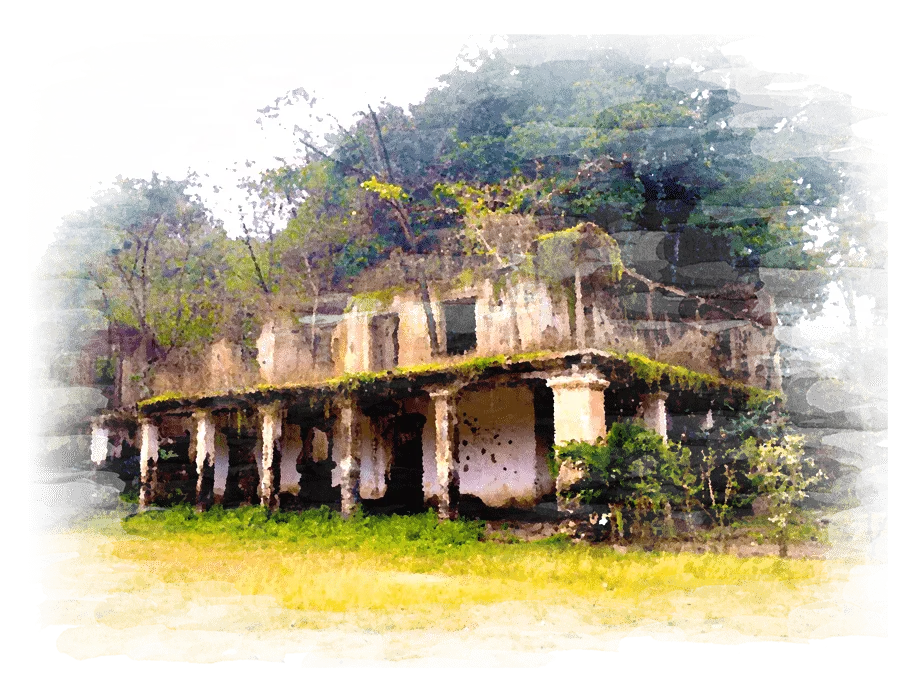
cacao gourmet
trinchera fino
Evaluation 2.8
SWEET FRUITY 1.3
CITRUS FRUITY 2.2
FLORAL 0.5
CREOLE 0.4
COCOA 3.4
WOODSY 0.0
SPICES 0.0
ANNUAL PRODUCTION (MT) 3
MAIN HARVEST OCT-JAN
MID HARVEST MAY-JUL
CREOLE BEANS 20%
FERMENTED BEANS 82%
VIOLET BEANS 10%
SLATE BEANS 8%
TOTAL 100%
Beans / 100g: 80
g./1 Bean: 1.25 g
CERTIFIED NO
AWARDS NO
Physical and Organoleptic Characteristics
Positive Flavors
Tropical Fruits
Flowers
Malt • Panela • Nut • Caramel
Cocoa
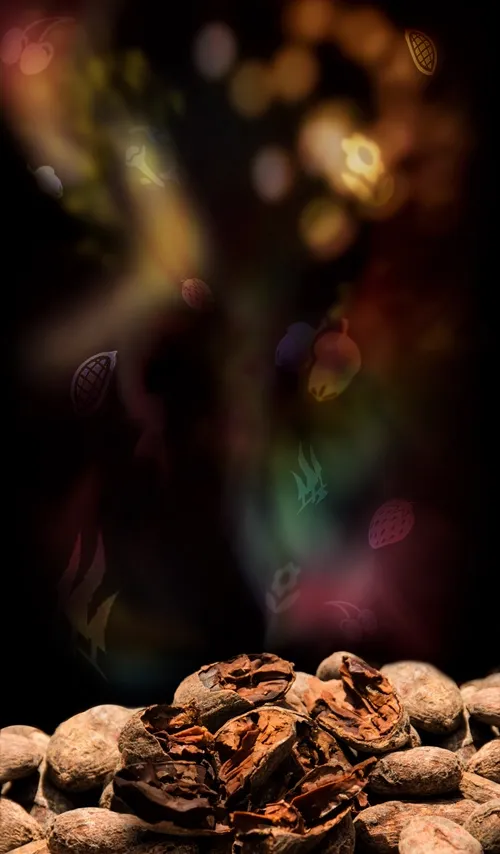
Assessment
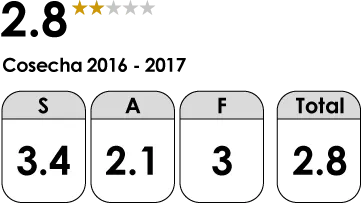
S = Flavor:
MEDIUM Denotes a light fruity flavor
A = Aroma:
LOW Floral essences
F = Fermentation:
MEDIUM Moderate astringency and bitterness
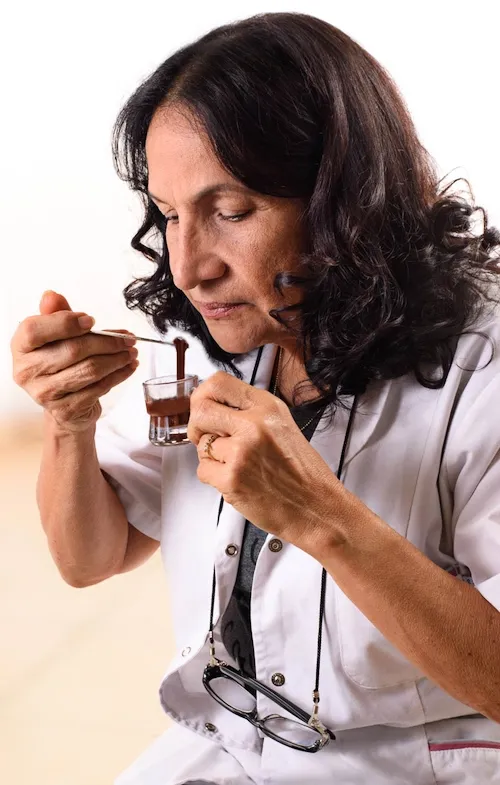
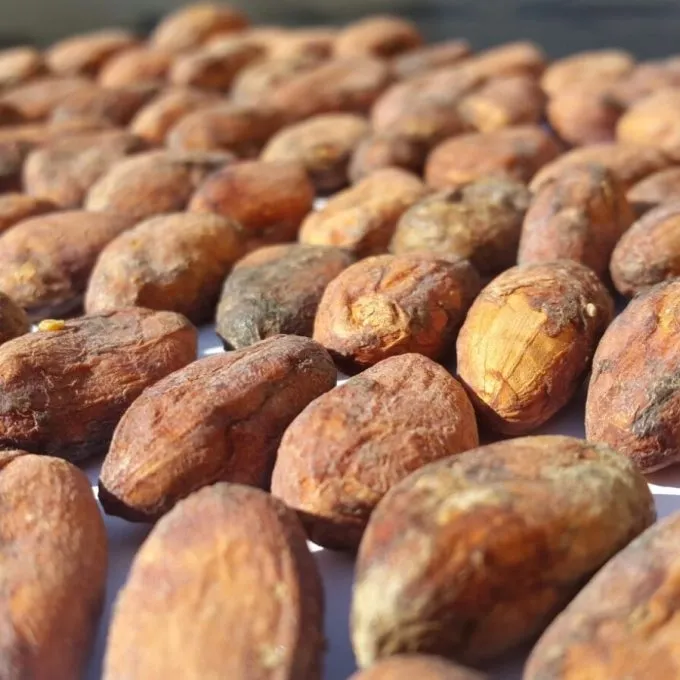
Cut Test Analysis
Due to the properties of Creole genetics and high Trinitarian ancestry, the kernels are (±6%) Creole kernels.
In the cutting test, they have (±84%) fermented kernels, (±8%) violet kernels, and (±8%) slate kernels.
In relation to weight, there are 84 almonds, referring to a weight of 100 g; in other words, each almond weighs 1.25 g.
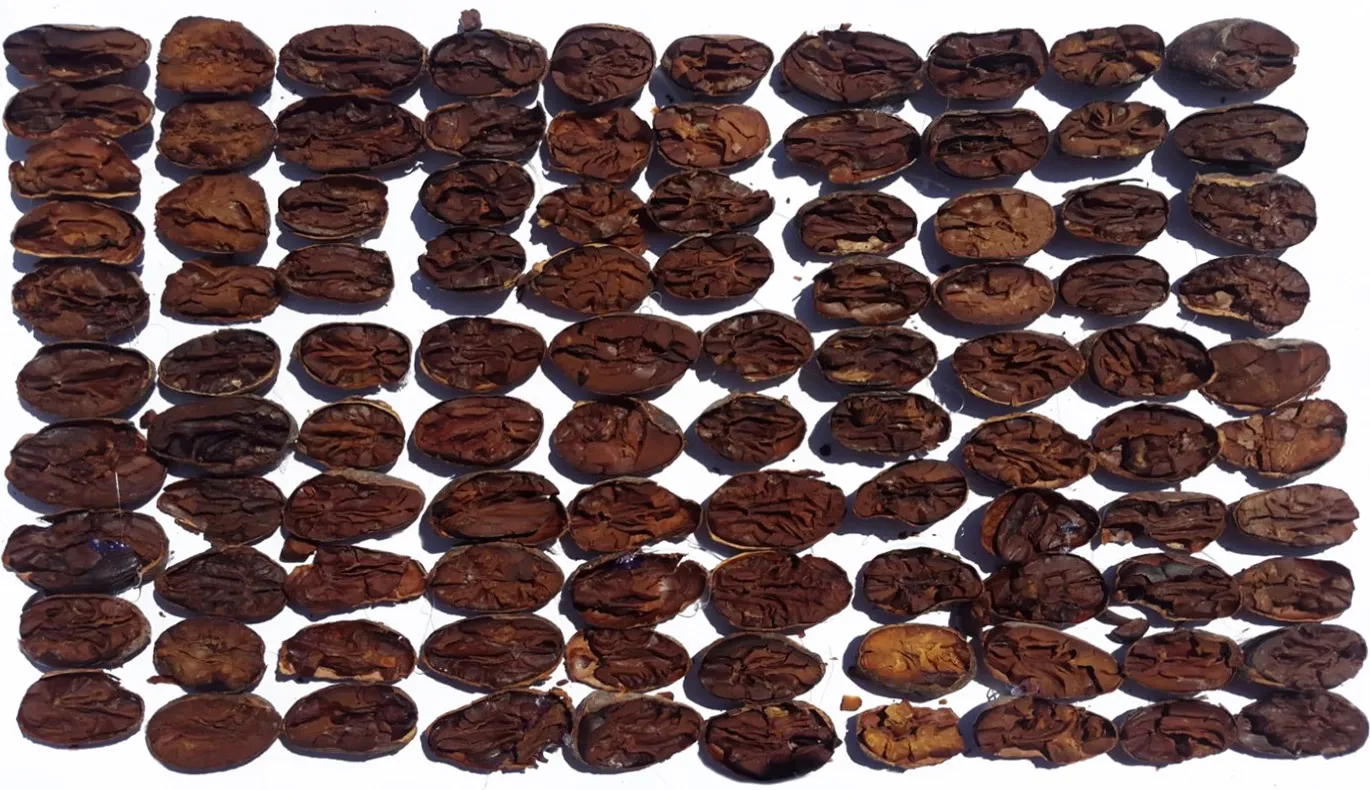
Flavor Map
The genetic material of Ocumare cocoa constitutes a modern Creole, highlighting nutty and panela/malt flavors that give it highly desirable flavor attributes.
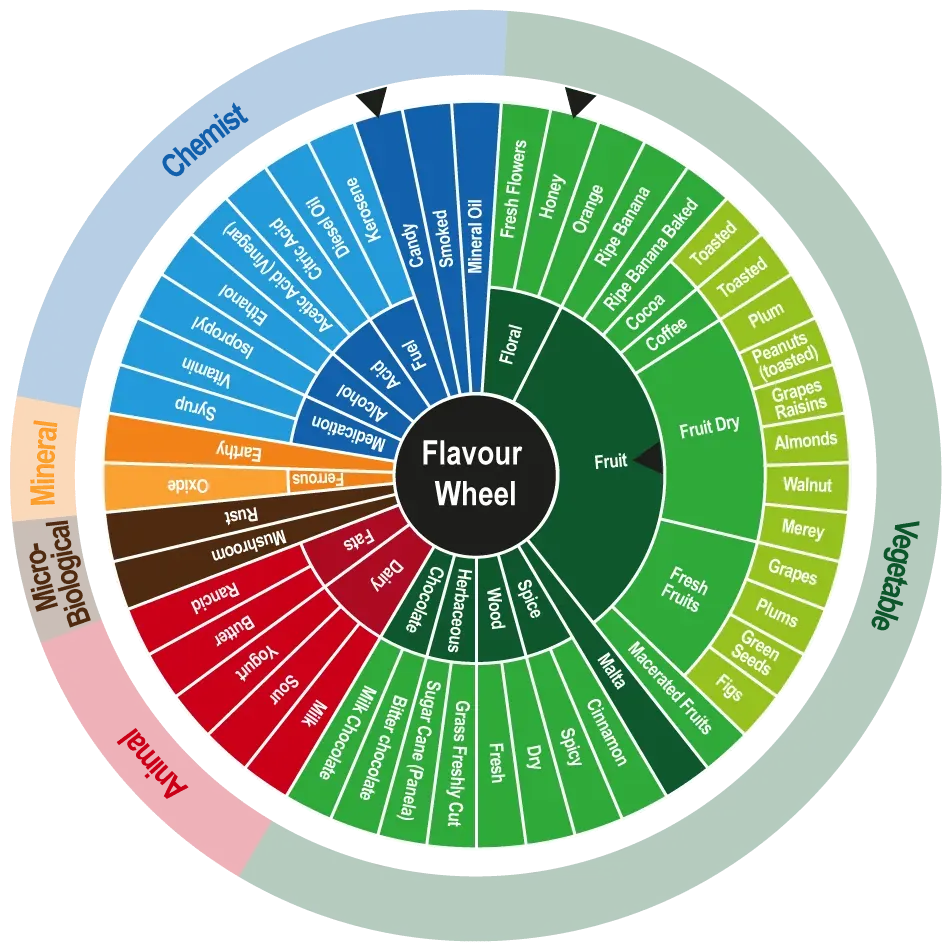
Sensory Map
The most prominent characteristic flavors in this profile include nutty, fruity and floral notes over a moderate cocoa base with interesting bitterness that provides good character and desired persistence.
It is essential to maintain all conditions that enhance this combination of Creole attributes with Trinitario flavor notes. This is the classic profile of modern Creoles.
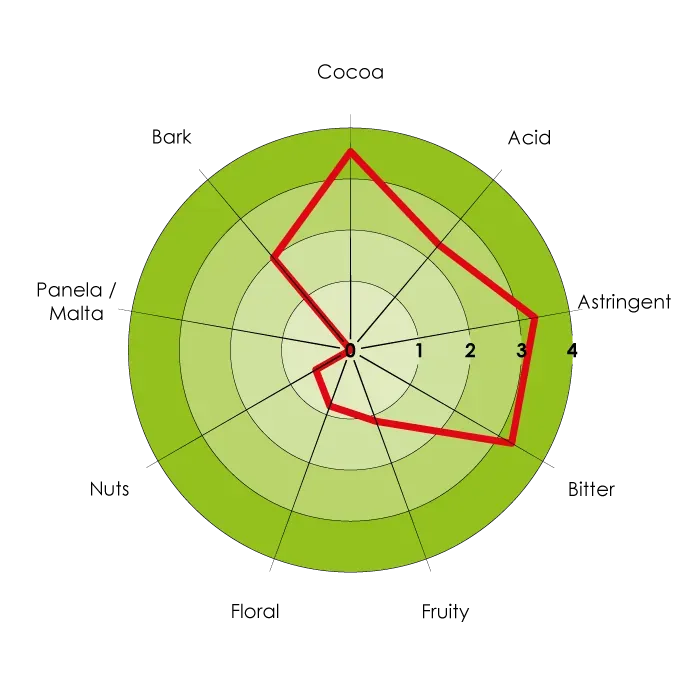
Post-Harvest Processing
Fermentation Protocol
Ocumare beans have high Creole ancestry and significant Trinitario genetics, requiring this specific process:
Cocoa Type
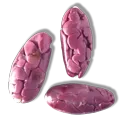
Trinitario &
Fermentation Days
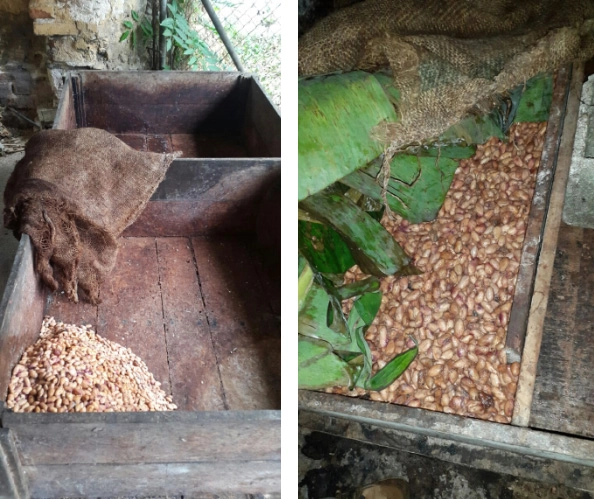
Drying Protocol
Cocoa Type
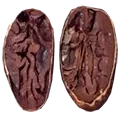
Trinitario &
Drying Days
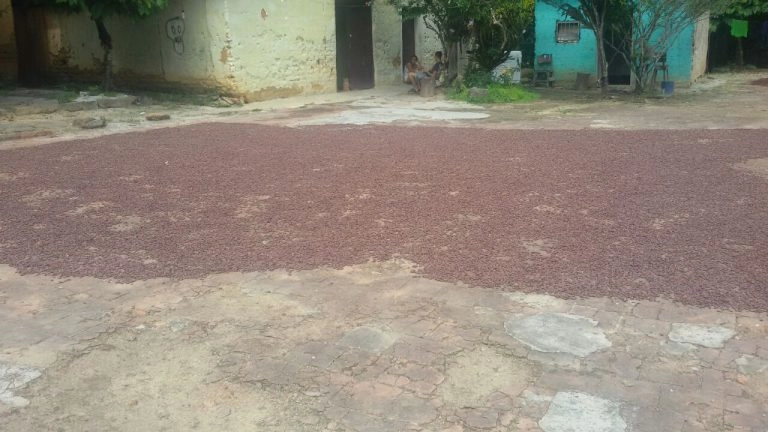
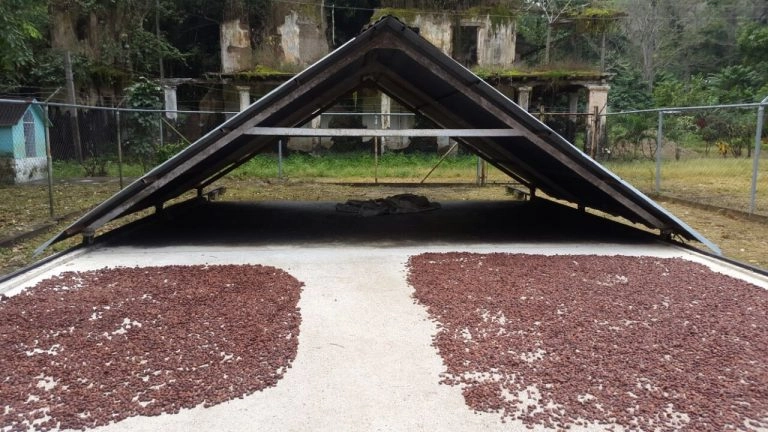
Traceability
certifications and awards
In the Trincheras sector, there are three very old and important haciendas. One of them is the La Unión hacienda, located in a cacao-growing valley of approximately 66 hectares, where the United Producers Association of Trincheras is based. Fifty-three producers work there, divided into three groups, of which only 18 carry out post-harvest processing at the iconic hacienda. Each of them competes for the best cacao, despite growing in the same area.
Each producer owns 3.5 hectares in active production, with 1,500 cacao plantations per hectare.
Currently, 10,000 kg of cacao are produced annually in Trincheras during two harvest seasons: the Easter harvest, between December and April, and the San Juan harvest, during the months of June and July.
As an additional economic activity, they develop tourism, as they have high potential in that area. It has a high level of fishing activity, as well as the cultivation of other crops such as oranges, avocados, cassava, bananas, among others.
Within the lands of Trincheras, the warmth and welcome of its producers stand out. Among the most important is Mr. José Bisamon, 77 years old, a native of the area who has dedicated himself to working the land since he was 20 years old. Part of the nation's agricultural development, having worked since the farm was established, which stood out for its large coffee production in the 1960s.
In the town, cacao farming is one of the main sources of income. They also grow bananas, cassava, and avocados.
They have a good infrastructure with well-organized concrete houses, with enormous yards, surrounded by extensive vegetation and a very humid and warm climate.
The producers carry out their harvest, break the cob, extract the fruit, then pour the beans into plastic containers to be transported by pack donkeys to the area where the association is located for the post-harvest processing process.
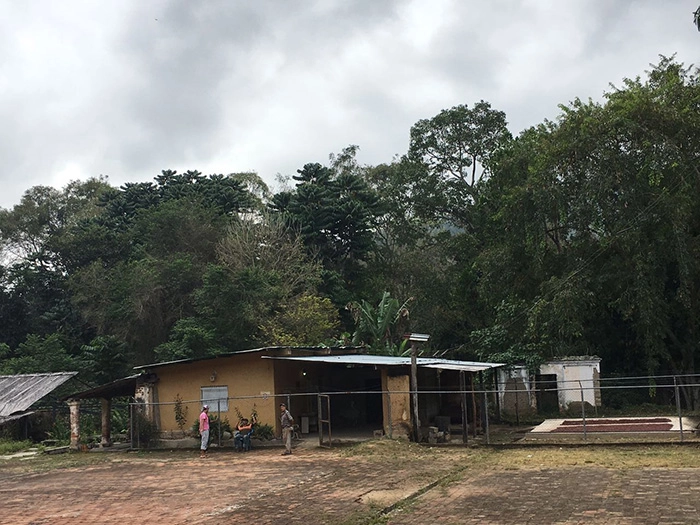
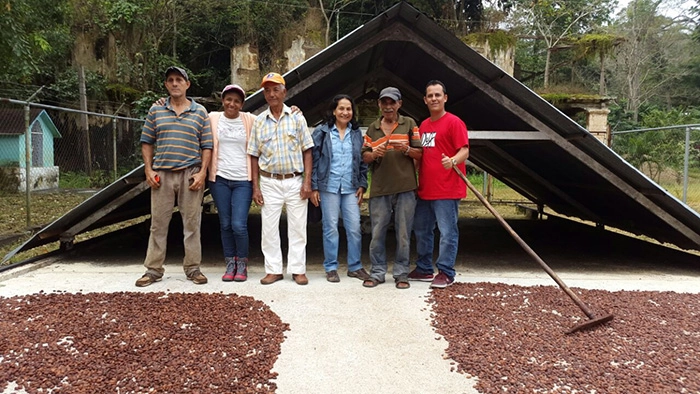
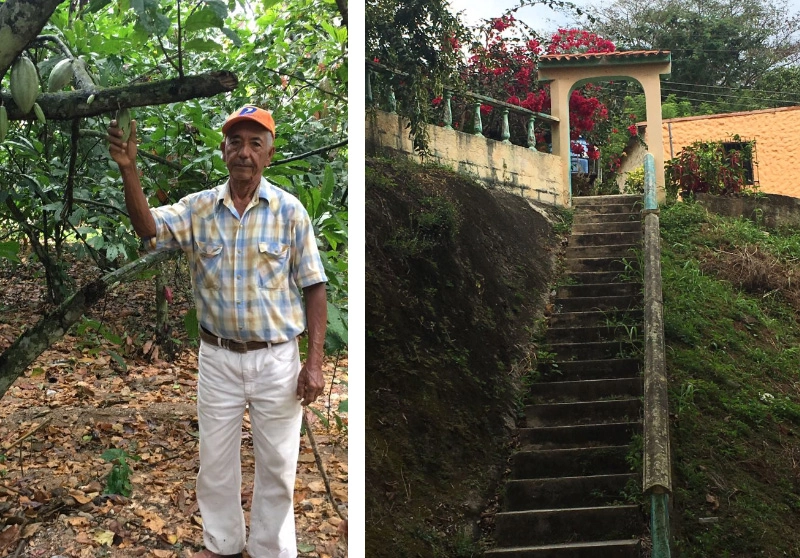
Geographical Location and Ecology
Geographical Location
- Country: Venezuela
- State: Aragua
- Municipality: Ocumare de la Costa
- Area: 160 km²
- Average Altitude: 13 m.a.s.l.
- GPS Coordinates: 10°29′10″N 67°46′21″W
- Inhabitants: 13,043
Ecology
Ocumare de la Costa features diverse vegetation ranging from dry tropical forests with xerophilous species to humid forests with hydrophilic plants, depending on microclimates.
The mountainous terrain includes coastal valleys of the Ocumare, San Miguel, Cata and Guarapito rivers.
History
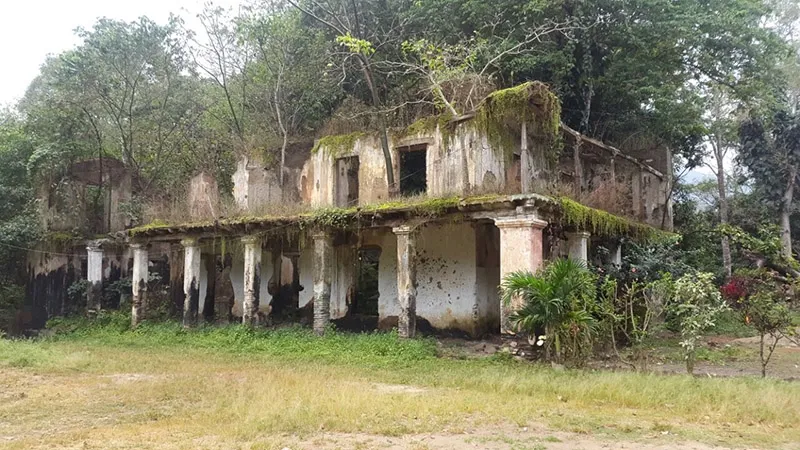

In 1895, the Aguas Caliente and Palmarito haciendas, located in the Trincheras sector, became part of the textile and leather industry in Venezuela. The textile industry developed with large cotton plantations, as well as cocoa and coffee plantations.
These two haciendas were unified under the name La Unión. Both were owned by Mr. Ernesto Branger, one of the first men to promote the textile sector.
For many years, this emblematic hacienda, known as Venezuelan Cultural Heritage, was the site of grand gatherings and celebrations for the wealthiest people of the time.
The development that took place within the hacienda led to the creation of an internal leather token marked with the value of the measure to be acquired.
Around 1962, La Unión was expropriated by the National Agrarian Institute to distribute the land among the farmers in the area, granting each one 3.5 hectares of land.
To this day, each of the farmers, now members of the producers' association, maintains the legacy of cultivating the prized Trincheras cocoa.

